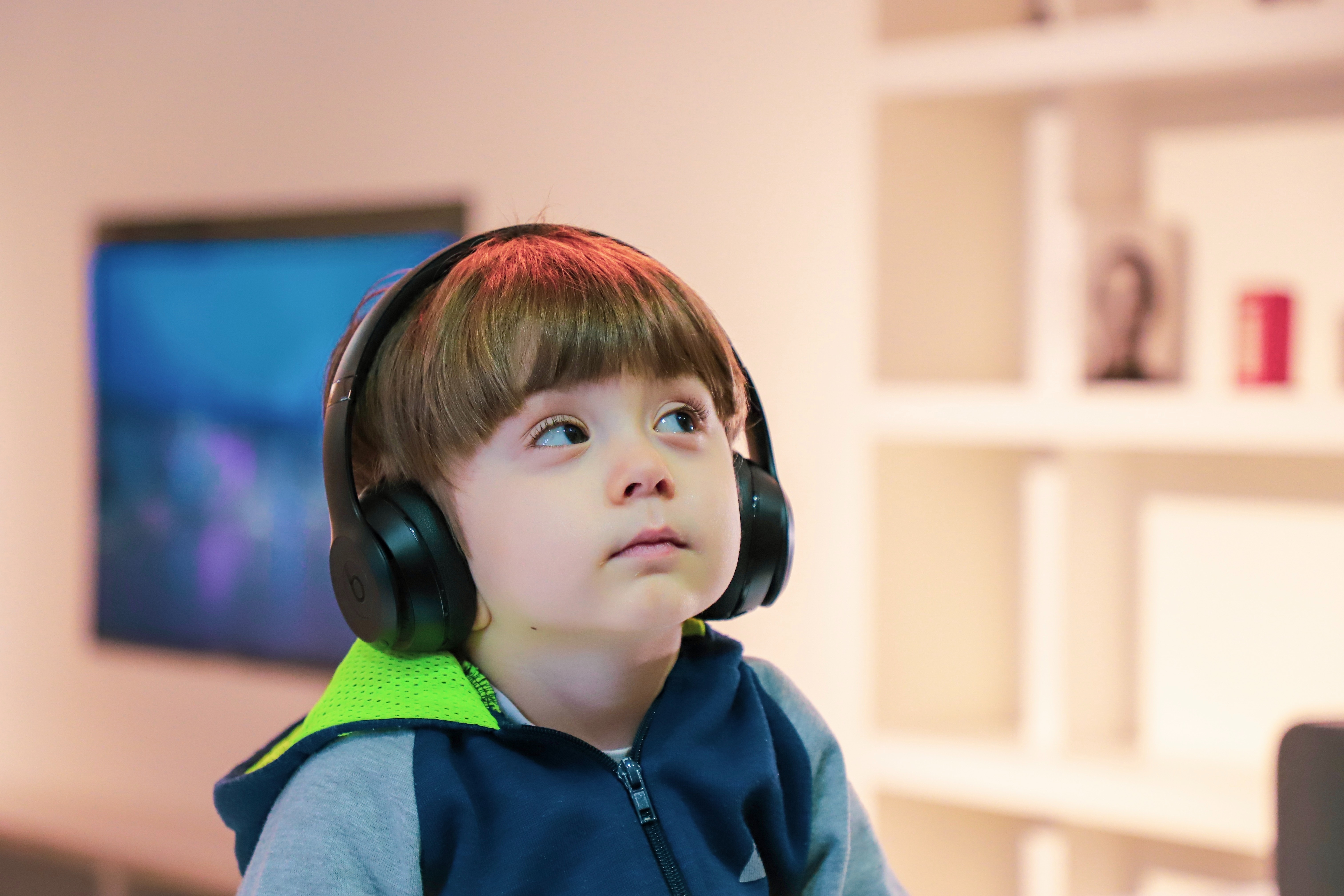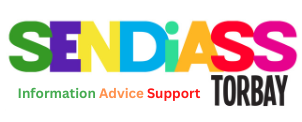
If your child has speech, language and communication needs (SLCN), finding the school able to support your child’s needs is a priority.
Primary schools
Look for, or ask about, the following features that demonstrate good practice for supporting children with Speech, Language and Communication Needs (SLCN):
- visual support – visual timetables, targets shown on the whiteboard and desk, prompt cards (for example a card, with a picture, to remind a child to listen for their name) and photographs
- classroom that is not too cluttered, where equipment is clearly marked with a label saying what it is
- teaching that incorporates use of visual and tactile approaches including use of real objects, practical activities, pictures, video
- staff using non-verbal communication to support what they are saying, for example gesture, pointing – or maybe even signing
- seating that allows a SLCN child to be near to the front and facing the teacher – for example, tables placed in a semi-circle shape or tables that can be easily moved around
- children given time to allow for thinking – for example, time for planning work is allocated before children are required to begin writing
- strategies to gain a child’s attention – for example, the teacher says their name before giving an instruction
- language is not too complicated and instructions are short and repeated for those who need it
- consistent vocabulary is used, where the same word is used all the time when teaching new subjects – for example ‘take away’ is used, but not ‘minus’ or ‘subtract’) and understanding is checked
- children are given the opportunity to work at their own level, following their own task or targets if needed. This might mean that a child works on slightly different work, at the right level for them, with some extra support from a teaching assistant
- additional resources are available if needed – for example, IT software or alternative recording sheets with less information
- teaching assistant has the necessary skills and knowledge to support children with SLCN. This means they will have received some training about support for pupils with this type of difficulty, and have been given information about SLCN in the classroom by a speech and language therapist
- evidence that teaching staff are aware of speech and language therapy (SLT) goals and these are incorporated into lessons where possible
Secondary schools
- visual supports such as gesture, drawings, prompt cards (for example a reminder to put up your hand before calling out), photos and, where appropriate, symbols/signs. These can all be used to make aspects of the day clearer including the timetable
- the teaching assistant (TA) has necessary skills and knowledge to work with a pupil with SLCN, because they will have received some training about how to support pupils with this type of difficulty. The TA is able to support when needed while encouraging independent work for example they might remind a pupil about taking a turn, or giving an answer, or using a chart, but not do it for them
- SLCN pupils sit near the teacher. The teacher speaks facing the class and stops speaking when writing on the whiteboard. Information is left on the whiteboard long enough for pupils to read and understand
- all pupils are encouraged to ask questions and seek clarification
- ways of supporting visually that a pupil finds useful are used consistently by different teachers in different classes – so expect to see similar approaches or strategies in different lessons
- teaching incorporates visual and tactile approaches including use of real objects, practical activities, pictures, video is used if needed to ensure pupils understand
- teachers do not talk for the whole lesson, and avoid using double meanings, idioms like ‘pull your socks up’ and long complicated sentences
- specific words, relating to each subject, are planned in advance of the lesson. This means they can be taught before the lesson (pre-teaching) to pupils with SLCN if needed and there is repetition and lots of opportunities to hear new vocabulary
- support for study skills like taking notes, answering questions in exams, revising, organising your homework
- information is shared efficiently about SLCN pupils to ease transition to another class/school
- flexibility within the curriculum for pupils requiring individualised programmes, such as flexible timetabling, study time, homework club, small group work, individualised work
- school ‘rules’ and ‘charters’ are written in simple, symbol or visual photos form
- quiet space is available
- pupils are helped to mix socially – for example, lunchtime clubs, organised activities, buddying (where a pupil has a specific friend who helps them to mix with others if they want to), peer mentoring, social skills groups, use of a quiet area
- the school celebrates the success of all pupils – both with academic achievement but also social or behavioural successes
- SLCN pupils can find their way round easily – for example, subject rooms are colour-coded
Check the progress of your child’s language development at www.talkingpoint.org.uk/progress-checker
